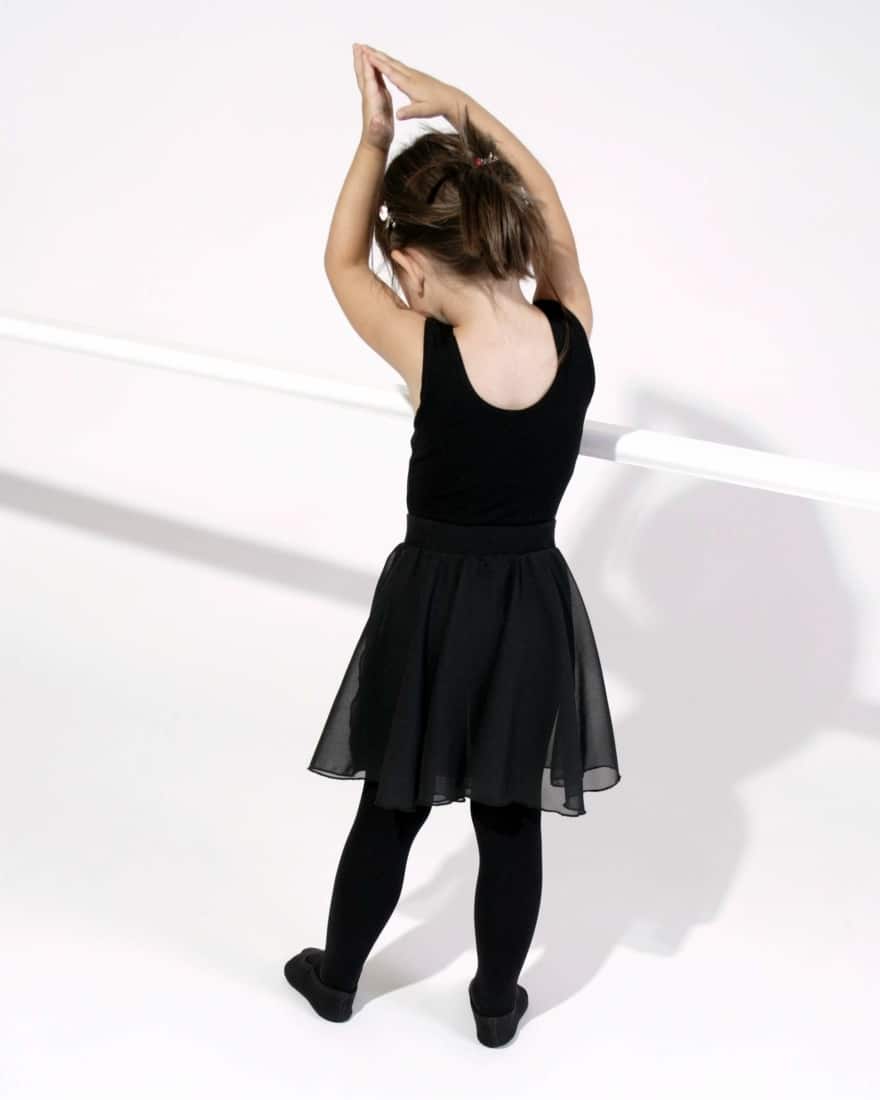By Rosemary Marchese, Physiotherapist
What Happens in Clinical Practice?
What are the typical postural habits of adolescents with idiopathic scoliosis (AIS)? And, are there any that are actually ‘typical’ at all? While it’s imperative we always look at the data and science, sometimes we have to remember that we are healthcare professionals with clinical experience and so much observation in day-to-day practice that often doesn’t get reported in scientific trials.
While of course every child is different and we cannot put each curve classification into a separate basket of behaviors, I thought I would share some typical clinical observations I have seen in these patients.
Postural Habits to Look out for in AIS
1. Does one arm swing more or less than the other while walking?
Let’s say the child has a primary left lumbar curve and therefore an apparent right pelvic shift. Does the patient struggle with arm swing on the right side? Perhaps the arm ‘bumps’ into the hip? Or does it not move at all because there is no room? Or perhaps she has compensated by swinging around the hip excessively?
2. Does the child lean on one leg more than the other?
Watch how they stand. Is there a tendency for them to have more pressure on one leg than the other?
3. Does the child slump or lean away from their prominent ribs posteriorly while sitting?
Let’s consider a large primary right thoracic curve with a large angle of trunk rotation (ATR). Does your patient with this curve sit to avoid pressure on the right side of the rib cage?
4. Does the child ‘sink’ into their concave lumbar side?
Is there a tendency for your patient to slump into the concave side of the lumbar curve? If the curve is large this may be particularly difficult to avoid. If the curve is developing then you may notice subtle changes.
5. Does the child have a preferred sleeping position?
Notice if the child has a preferred sleeping position. This may be because of comfort or to avoid pain, or it may be how they have always slept. While there is no evidence to indicate that there is any position that worsens the scoliosis, it is a good idea to consider each child’s situation and curve and provide individual advice.
What are the typical postural habits you see in your patients with scoliosis? If you have any questions or concerns, remember that you can use our free professional portal to try to source your needs.
